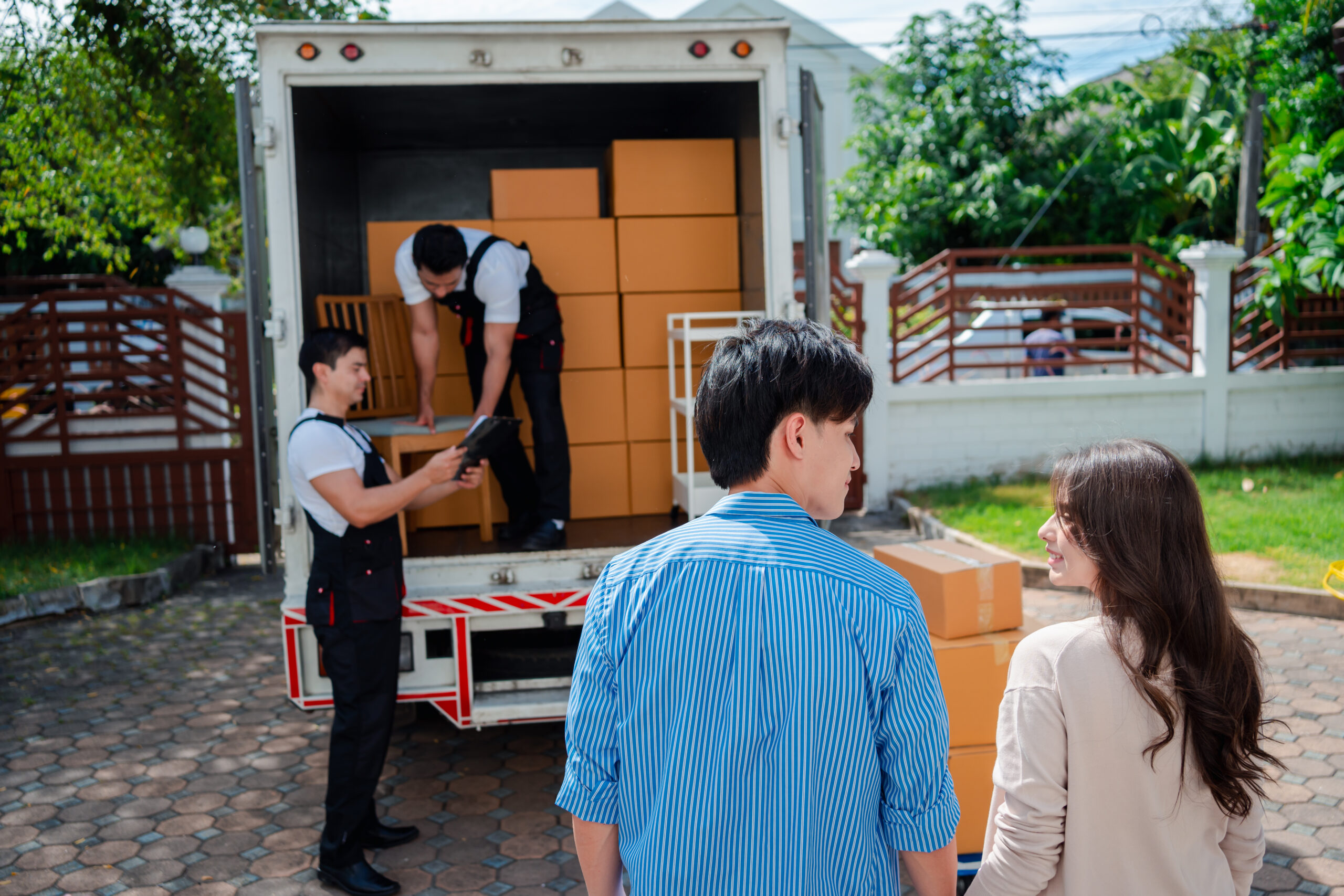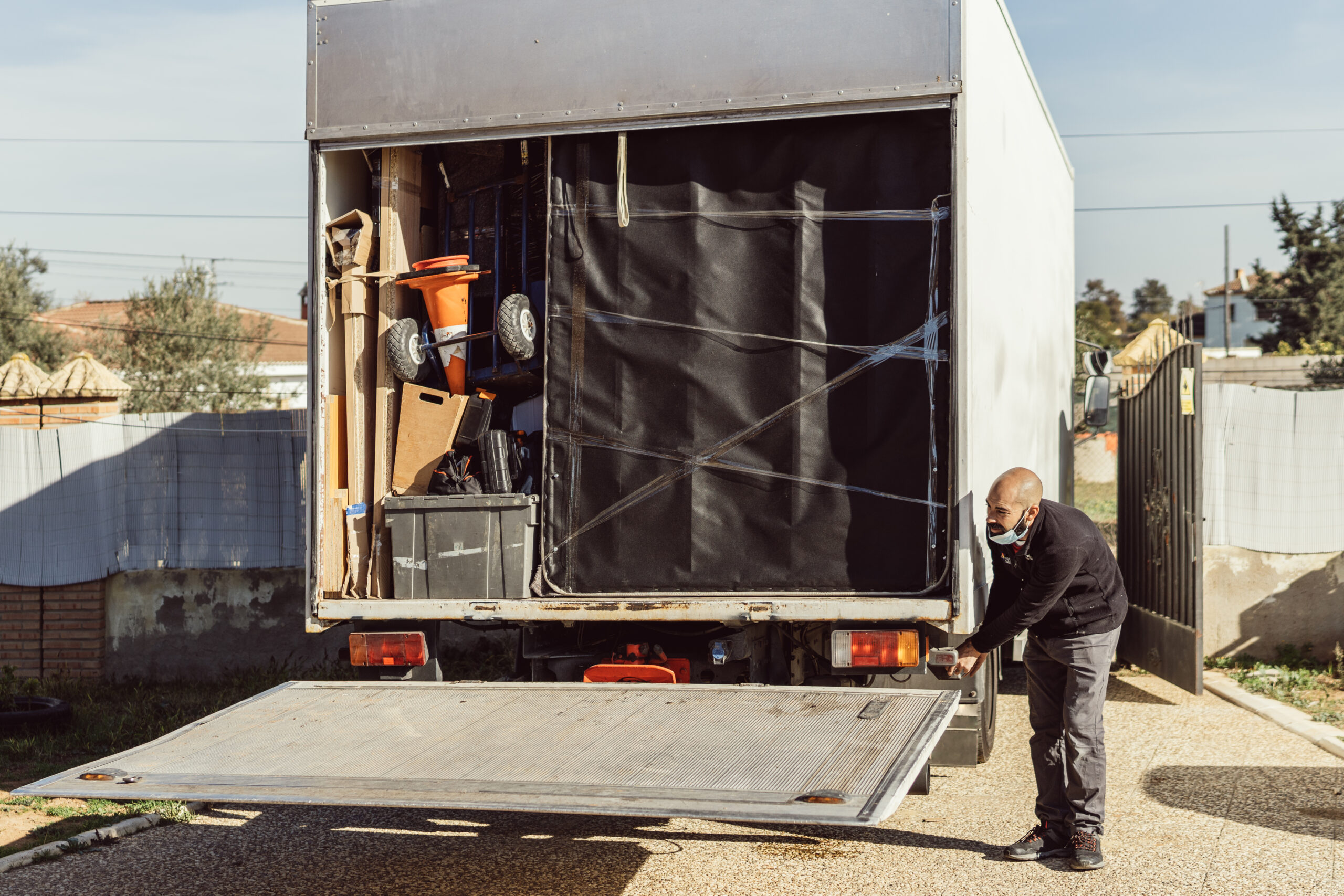
How Much Can Fit In a 16ft Moving Truck
When planning a move, one of the most important considerations is selecting the right size truck to transport your belongings.
Proudly Providing Service For 60+ Years
Home /Moving Tips
Welcome to the Morse Van Lines Moving Tips Blog, your go-to resource for expert advice, insights, and practical tips to make your relocation a breeze. Moving can be a challenging process, and our blog is designed to provide you with valuable information to simplify every step of your journey. Whether you're planning a local move, long-distance relocation, or even an international transfer, our team of seasoned moving professionals is here to guide you. From packing and organizing to settling into your new home, discover the secrets to a smooth and stress-free move with Morse Van Lines Moving Tips Blog.

When planning a move, one of the most important considerations is selecting the right size truck to transport your belongings.

Packing a moving truck efficiently can make the difference between a stressful moving day and a smooth, streamlined relocation. An

When planning a move, selecting the right vehicle is essential for ensuring all of your belongings are transported safely and

Buying a moving truck is a major investment for individuals and businesses alike. Whether you’re looking to start a moving

Let’s go over how to pack jewelry for moving. Moving can be a stressful process, and ensuring that valuable and

Moving to a new home is an exciting transition, but the packing process can often feel overwhelming. Proper organization and

Moving can be a significant financial investment, and understanding the costs associated with hiring a moving company helps ensure proper

Lamps are among the most fragile household items to pack for a move. Their delicate shades, thin bases, and electrical

Books are often among the heaviest and most cherished possessions people own, making them particularly challenging to pack for a

Moving to a new home requires careful planning, especially when it comes to packing fragile items like dishes. Without proper

Moving is an exciting yet often stressful experience, and one of the biggest concerns for homeowners and renters is understanding

Moving can be a stressful and physically demanding process, and professional movers play a crucial role in making it easier.

© 2024 All Rights Reserved. Moving Company Website Design By Best Website Builder Group | Moving Company Photography By Studio 23 Group